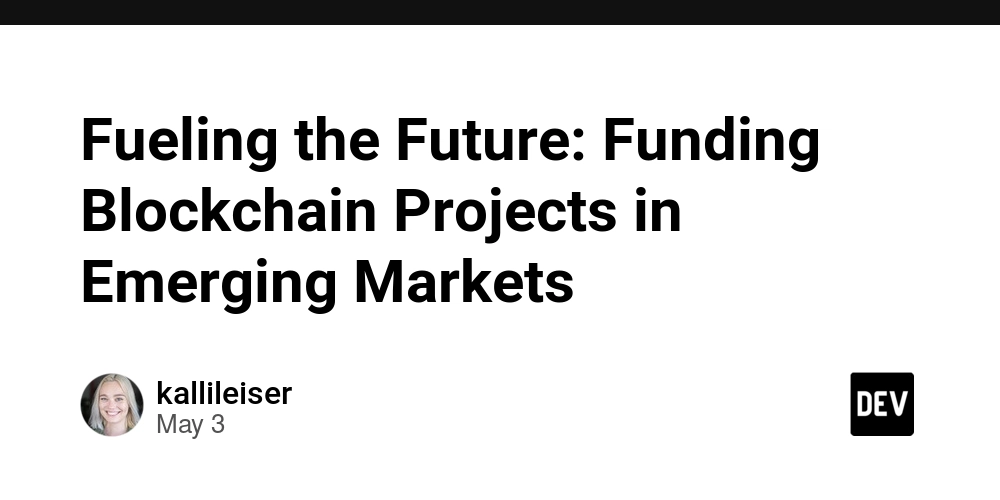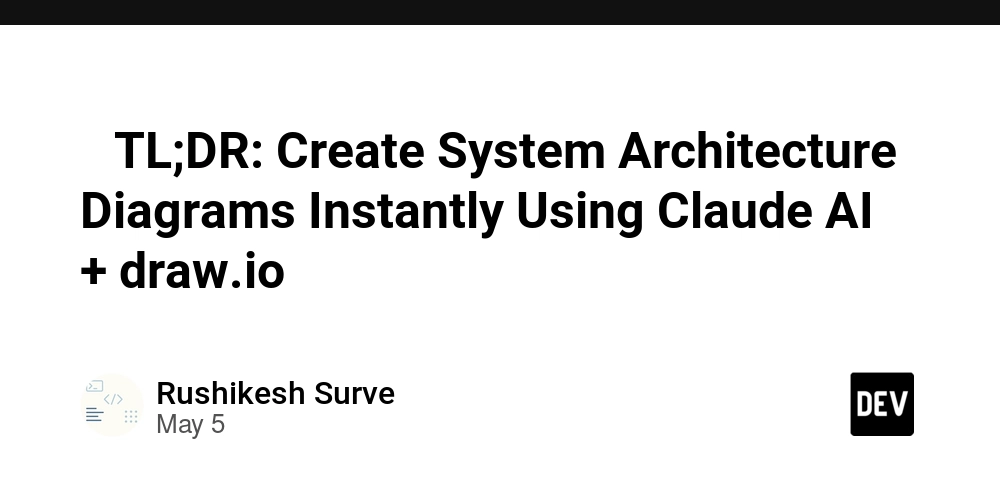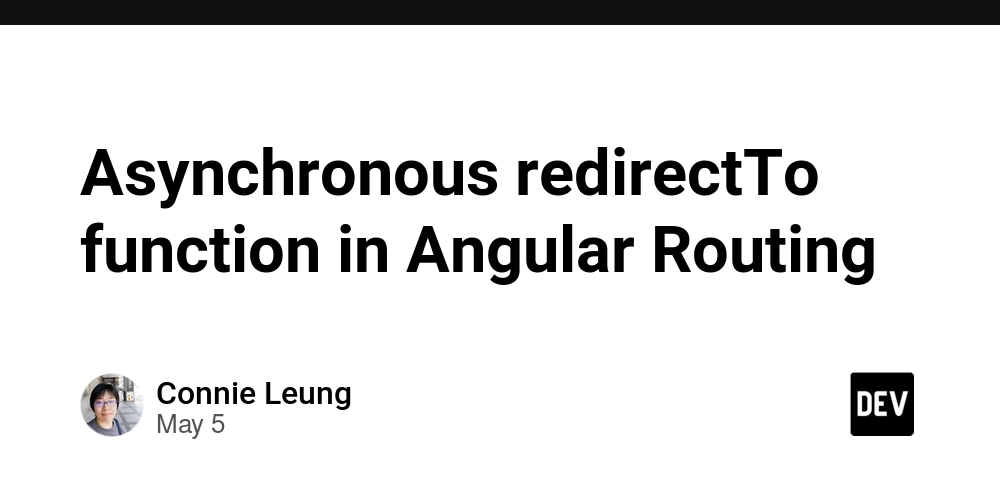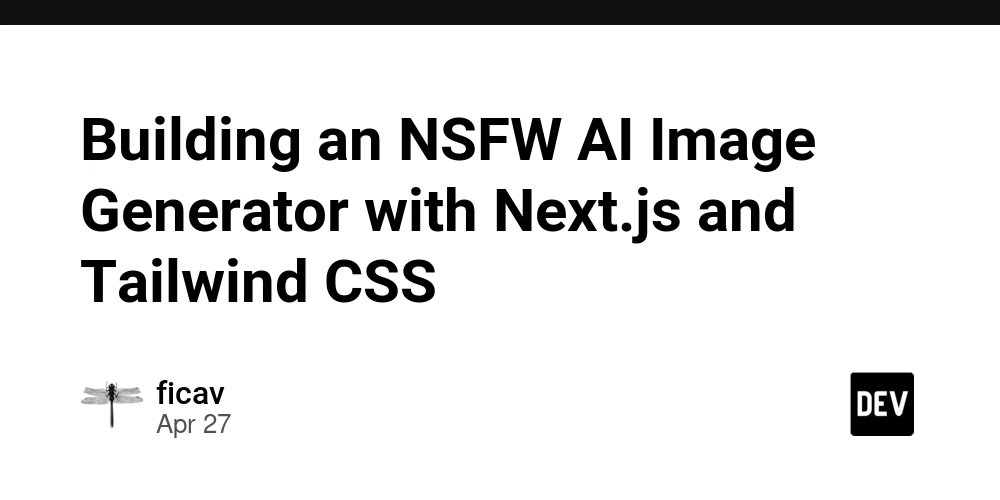Fueling the Future: Funding Blockchain Projects in Emerging Markets
Abstract This post explores the transformative potential of blockchain technology in emerging markets by examining its funding challenges and opportunities. We delve into the history and ecosystem context of blockchain, detail core concepts, and illustrate practical applications such as financial inclusion, secure identity management, and supply chain transparency. We also analyze funding hurdles, strategic solutions, and the evolving landscape that combines decentralization with open-source projects. Along the way, we incorporate illustrations through tables and bullet lists, and link to authoritative sources such as Fueling the Future: Funding Blockchain Projects in Emerging Markets, Forbes on Agriculture Blockchain Innovations, and others. Introduction Blockchain technology has evolved dramatically in the last decade. Once known simply as the framework behind cryptocurrencies like Bitcoin, blockchain now represents a spectrum of solutions designed to address real-world challenges. In emerging markets—regions marked by rapid industrial growth but plagued by economic inequality, inadequate infrastructure, and governance issues—blockchain has emerged as a beacon of hope. By harnessing technologies such as decentralized ledger systems, digital identity verification, and smart contracts, these markets can overcome long-standing challenges and drive inclusive growth. Funding blockchain projects in these regions comes with its own set of obstacles and opportunities. This post discusses the current funding landscape, examines challenges like regulatory uncertainty and infrastructure shortcomings, and introduces strategies to ensure sustainable progress. This comprehensive guide is designed for blockchain enthusiasts, investors, technology developers, and policymakers as they navigate this dynamic field. Background and Context Blockchain is a distributed ledger technology that allows data to be stored in a secure, immutable, and decentralized manner. Its roots are closely associated with cryptocurrencies, which first captured global imagination. Today, blockchain’s applications extend way beyond digital currencies, touching sectors such as agriculture, finance, supply chain management, and even governance. For emerging markets, blockchain provides unique benefits: Financial Inclusion: Many people in these regions remain unbanked. By introducing digital wallets and cryptocurrency-based microfinance, blockchain can provide them easy access to financial services. Transparency and Governance: Blockchain’s permanent and verifiable records help fight corruption and drive accountability in public administration. Infrastructure Efficiency: By leveraging blockchain’s efficiency in tracking transactions and verifying data, sectors like agriculture and trade can improve overall efficiency and transparency. A historical glance at blockchain evolution shows how these advantages were initially limited by technological and regulatory challenges. However, as regulators and investors slowly warmed to the concept, an environment supporting blockchain experiments—especially in high-impact sectors—began to emerge. Core Concepts and Features An understanding of the key building blocks of blockchain projects in emerging markets is crucial. Below is a table summarizing these concepts: Core Concept Feature Benefits in Emerging Markets Decentralization No single point of control Reduced corruption; enhanced data security and transparency Smart Contracts Self-executing agreements Automated processes; reduced manual interventions; lower costs Digital Identity Secure, blockchain-based identity systems Improved access to public services; reduction in identity fraud Interoperability Multiple systems communicating seamlessly Encourages cross-border trade and integration with existing financial systems Tokenization Conversion of physical assets to digital tokens Simplifies asset management and opens new revenue streams for previously underbanked segments Technical Overlap and Ecosystem Integration Blockchain technology integrates with other sectors such as Internet of Things (IoT) and artificial intelligence (AI). For instance, smart sensors (IoT) can feed real-time data into blockchain systems ensuring precision in agricultural supply chains. Meanwhile, AI algorithms can optimize transaction speeds and improve fraud detection. This synergy not only boosts the tech’s overall performance but also contributes to its economic social impact. Applications and Use Cases Blockchain funding in emerging markets is not a one-size-fits-all scenario. It is driven by applications and use cases that provide real-life benefits. Let’s explore three key examples: Financial Inclusion through Cryptocurrency Adoption and Digital Wallets In regions where traditional banking is unreliable, blockchain-based digital wallets create an alternative financial system for

Abstract
This post explores the transformative potential of blockchain technology in emerging markets by examining its funding challenges and opportunities. We delve into the history and ecosystem context of blockchain, detail core concepts, and illustrate practical applications such as financial inclusion, secure identity management, and supply chain transparency. We also analyze funding hurdles, strategic solutions, and the evolving landscape that combines decentralization with open-source projects. Along the way, we incorporate illustrations through tables and bullet lists, and link to authoritative sources such as Fueling the Future: Funding Blockchain Projects in Emerging Markets, Forbes on Agriculture Blockchain Innovations, and others.
Introduction
Blockchain technology has evolved dramatically in the last decade. Once known simply as the framework behind cryptocurrencies like Bitcoin, blockchain now represents a spectrum of solutions designed to address real-world challenges. In emerging markets—regions marked by rapid industrial growth but plagued by economic inequality, inadequate infrastructure, and governance issues—blockchain has emerged as a beacon of hope. By harnessing technologies such as decentralized ledger systems, digital identity verification, and smart contracts, these markets can overcome long-standing challenges and drive inclusive growth.
Funding blockchain projects in these regions comes with its own set of obstacles and opportunities. This post discusses the current funding landscape, examines challenges like regulatory uncertainty and infrastructure shortcomings, and introduces strategies to ensure sustainable progress. This comprehensive guide is designed for blockchain enthusiasts, investors, technology developers, and policymakers as they navigate this dynamic field.
Background and Context
Blockchain is a distributed ledger technology that allows data to be stored in a secure, immutable, and decentralized manner. Its roots are closely associated with cryptocurrencies, which first captured global imagination. Today, blockchain’s applications extend way beyond digital currencies, touching sectors such as agriculture, finance, supply chain management, and even governance.
For emerging markets, blockchain provides unique benefits:
- Financial Inclusion: Many people in these regions remain unbanked. By introducing digital wallets and cryptocurrency-based microfinance, blockchain can provide them easy access to financial services.
- Transparency and Governance: Blockchain’s permanent and verifiable records help fight corruption and drive accountability in public administration.
- Infrastructure Efficiency: By leveraging blockchain’s efficiency in tracking transactions and verifying data, sectors like agriculture and trade can improve overall efficiency and transparency.
A historical glance at blockchain evolution shows how these advantages were initially limited by technological and regulatory challenges. However, as regulators and investors slowly warmed to the concept, an environment supporting blockchain experiments—especially in high-impact sectors—began to emerge.
Core Concepts and Features
An understanding of the key building blocks of blockchain projects in emerging markets is crucial. Below is a table summarizing these concepts:
| Core Concept | Feature | Benefits in Emerging Markets |
|---|---|---|
| Decentralization | No single point of control | Reduced corruption; enhanced data security and transparency |
| Smart Contracts | Self-executing agreements | Automated processes; reduced manual interventions; lower costs |
| Digital Identity | Secure, blockchain-based identity systems | Improved access to public services; reduction in identity fraud |
| Interoperability | Multiple systems communicating seamlessly | Encourages cross-border trade and integration with existing financial systems |
| Tokenization | Conversion of physical assets to digital tokens | Simplifies asset management and opens new revenue streams for previously underbanked segments |
Technical Overlap and Ecosystem Integration
Blockchain technology integrates with other sectors such as Internet of Things (IoT) and artificial intelligence (AI). For instance, smart sensors (IoT) can feed real-time data into blockchain systems ensuring precision in agricultural supply chains. Meanwhile, AI algorithms can optimize transaction speeds and improve fraud detection. This synergy not only boosts the tech’s overall performance but also contributes to its economic social impact.
Applications and Use Cases
Blockchain funding in emerging markets is not a one-size-fits-all scenario. It is driven by applications and use cases that provide real-life benefits. Let’s explore three key examples:
Financial Inclusion through Cryptocurrency Adoption and Digital Wallets
In regions where traditional banking is unreliable, blockchain-based digital wallets create an alternative financial system for unbanked populations. Cryptocurrencies bypass the need for intermediaries, reducing transaction costs and eliminating barriers to entry. Several projects are already proving the concept, and these platforms provide a practical use case that attracts both local and international investors.Supply Chain Transparency in Agriculture
Agriculture remains a backbone of many emerging markets. However, challenges like food safety, traceability, and fair compensation for farmers persist. Blockchain systems offer comprehensive traceability solutions, ensuring every step—from seed procurement to food delivery—is recorded and verified. Tools like those discussed in Forbes on Agriculture Blockchain Innovations allow stakeholders to confidently trade and invest, enhancing both domestic and international market trust.Identity Management and Governance
Effective identity management is a cornerstone of accessing public services. Blockchain can provide decentralized, immutable digital identities that are more secure than traditional systems. This is particularly relevant in emerging markets where identity theft and fraud are significant problems. Initiatives such as those outlined by the World Bank show promise in delivering government services more transparently and efficiently.
Challenges and Limitations
Despite the transformative potential of blockchain, funding projects in emerging markets is not without hurdles:
Regulatory Uncertainty:
Varying local regulations can create unpredictable environments. Many governments are still catching up with the technology, resulting in inconsistent policies. Engaging with regulators, as suggested in Coindesk’s Guide to Blockchain Governance, is critical for paving the way for clearer policies.Infrastructure Deficiencies:
Reliable internet, power supply, and overall ICT infrastructure are often lacking in emerging regions. These deficiencies can hinder the deployment of blockchain projects, making pre-investment infrastructure assessments essential.Security Issues:
Emerging markets may face heightened cybersecurity risks. The decentralized nature of blockchain means that when vulnerabilities are discovered, they can be exploited across the entire network. Robust security protocols and regular audits are critical, such as those outlined in Forbes’ discussion on cybersecurity risks in blockchain.Skill Gaps:
A shortage of blockchain talent in emerging markets can limit the development and maintenance of these systems. Dedicated educational initiatives, partnerships with universities, and hackathons can help bridge this gap.Funding Models and Investor Skepticism:
The nascent nature of blockchain in these markets can create investor apprehension. Often, traditional funding methods are not well-suited to the open-source and decentralized ethos of blockchain projects.
Strategies for Funding Blockchain Projects
To overcome these challenges, several strategies can be employed:
Strategic Partnerships and Collaborations:
Collaborations—both local and international—can pool resources and offer shared expertise. For example, initiatives involving partnerships between local governments, global technology firms, and open-source communities are proving effective. Strategic alliances, like those explained in HBR on Strategic Alliances, help mitigate risks and enhance funding opportunities.Educational Initiatives:
Investing in training and development programs to upskill local developers is critical. Platforms like edX’s Blockchain Course empower talent to harness blockchain’s potential. Educated developers are better equipped to design scalable, secure solutions that attract investment.Regulatory Engagement:
Direct dialogue with policymakers can help clarify regulatory frameworks. Engaging in ongoing discussions around blockchain standards and governance—as referenced in research from Brookings—is essential for creating a supportive regulatory ecosystem.Impact Investing:
Aligning blockchain projects with social impact qualities makes them attractive to impact investors who value both financial and social returns. By addressing issues like financial inclusion or supply chain transparency, these projects can secure funding from investors focused on sustainable growth.Utilizing Decentralized Funding Platforms:
Platforms such as Gitcoin and DAO fundraising initiatives offer alternative funding models. These not only provide capital but also build vibrant communities around projects. An example of community-driven funding is detailed in a Dev.to article on crowdsourced funding for open source software.
Future Outlook and Innovations
Looking ahead, blockchain’s potential in emerging markets is both exhilarating and challenging. Predictive trends and innovations can help steer the industry:
Increased Interoperability:
With enhanced interoperability between blockchain networks, projects can seamlessly exchange data and value. Improved design frameworks will reduce redundancy and boost efficiency.Layer 2 Scaling Solutions:
Innovations such as layer 2 rollups address issues of scalability and transaction fees, making blockchain more accessible in low-resource environments.Evolution of Regulatory Environment:
As more governments engage with blockchain technology, anticipate more consistent and supportive regulatory frameworks. This regulatory clarity will encourage both traditional venture capital and decentralized funding approaches.Expansion of Open-Source Ecosystems:
Open-source contributions are already accelerating innovation. Models such as license-token’s open-source funding initiatives bridge the gap between innovation and financial sustainability, ensuring long-term viability.Integration with Other Emerging Technologies:
Artificial intelligence, IoT, and machine learning are beginning to integrate with blockchain technology to offer smarter, more responsive systems. For instance, AI-driven security protocols can enhance blockchain’s resilience against cyberattacks.
Overview Table: Strategies for Overcoming Funding Challenges
| Challenge | Strategy | Example Resource |
|---|---|---|
| Regulatory Uncertainty | Engage with policymakers and regulatory bodies | Coindesk Guide |
| Infrastructure Deficiencies | Invest in ICT upgrades and infrastructure assessments | Local public-private partnerships |
| Security Concerns | Adopt robust cybersecurity measures and regular smart contract audits | Forbes Cybersecurity Insights |
| Skill Gaps | Launch educational programs and hackathons | IBM Developer Resources |
| Funding Models | Explore decentralized funding and impact investing | Brookings Research |
Bullet List: Key Takeaways
- Decentralization is vital for increasing trust and reducing corruption in emerging markets.
- Smart contracts automate processes, cutting down costs and risks associated with traditional systems.
- Digital identity management can revolutionize access to essential public services.
- Interoperability and tokenization open new revenue streams while integrating with existing ecosystems.
- Strategic partnerships, educational initiatives, regulatory engagement, and impact investing are key strategies to overcome funding challenges.
Integrating Community Insights and Broader Perspectives
The collective wisdom of the blockchain community also plays a significant role. Insights and strategies are often shared on platforms such as Dev.to where experienced developers discuss the sustainability of open-source and decentralized projects. Articles like this one on open source funding provide in-depth analysis and best practices that complement the strategies discussed here.
Moreover, the participation of angel investors, venture capital firms, and community-driven DAO initiatives are gradually shifting the funding landscape. As blockchain projects in emerging markets continue to demonstrate measurable economic and social benefits, more capital will undoubtedly flow into these initiatives.
Summary
Blockchain technology has emerged as a pivotal tool for driving sustainable, inclusive growth in emerging markets. The funding landscape, though fraught with challenges like regulatory uncertainty, infrastructure limitations, security risks, and skill shortages, also offers unparalleled opportunities. By leveraging strategic partnerships, educational initiatives, regulatory engagement, and innovative funding models such as decentralized impact investing, stakeholders can unlock the true potential of blockchain.
This post has examined the evolution of blockchain from a cryptocurrency foundation to a robust technology framework with far-reaching implications. We reviewed core concepts including decentralization, smart contracts, digital identity, and interoperability, and connected these with practical applications in financial inclusion, agriculture, and governance. Tools such as tables and bullet lists were used to summarize key ideas and strategies, making this guide both accessible to newcomers and valuable to technical experts.
In conclusion, the future of blockchain funding in emerging markets holds enormous promise. The successful alignment of technology with robust funding and supportive regulatory frameworks will ensure that blockchain evolves into a foundation for economic resilience and social empowerment.
For more insights and ongoing conversations about blockchain project funding, consider exploring the original article Fueling the Future: Funding Blockchain Projects in Emerging Markets and other authoritative sources like Market Research, World Bank on Digital ID, and Transparency International on Anti-Corruption.
The convergence of open-source movement, blockchain technology, and innovative funding methods is setting the stage for a future where technology drives true global inclusivity. Whether you are a developer, investor, or policymaker, the evolving ecosystem presents a myriad of opportunities to contribute to a new era of transparent, secure, and socially responsible innovation.
Happy coding and investing in the future of blockchain!
Remember: staying informed through reliable sources and active community engagement is key to navigating the dynamic world of blockchain funding in emerging markets.












































































